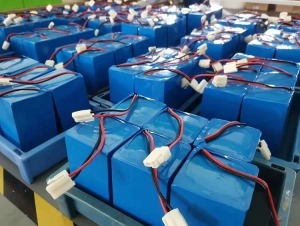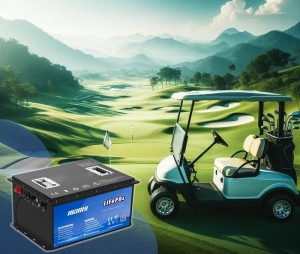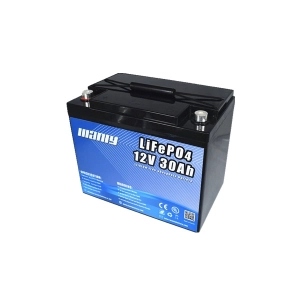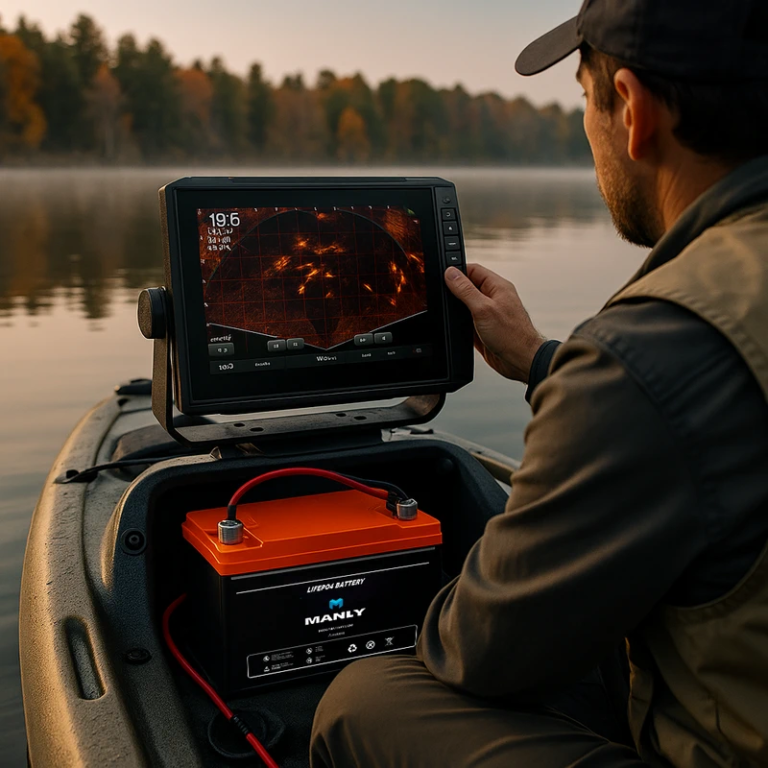Más productosLa guía esencial para seleccionar baterías para robótica

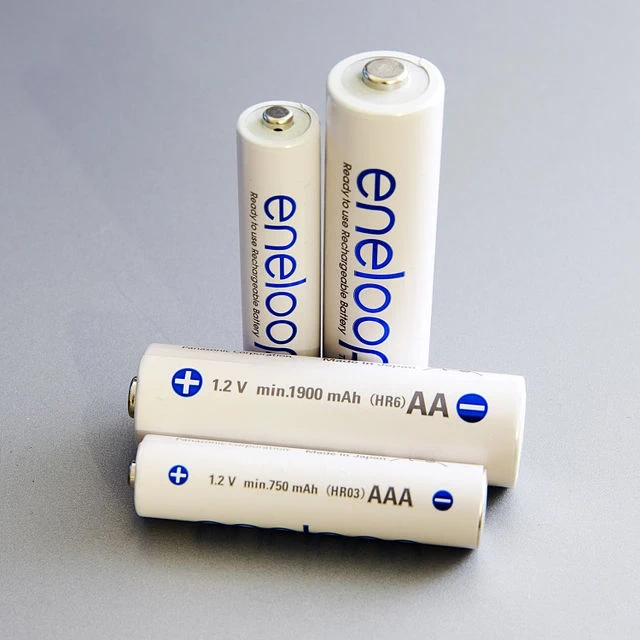
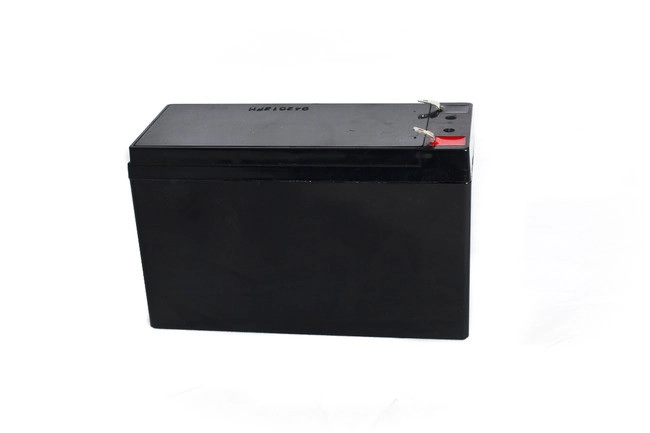
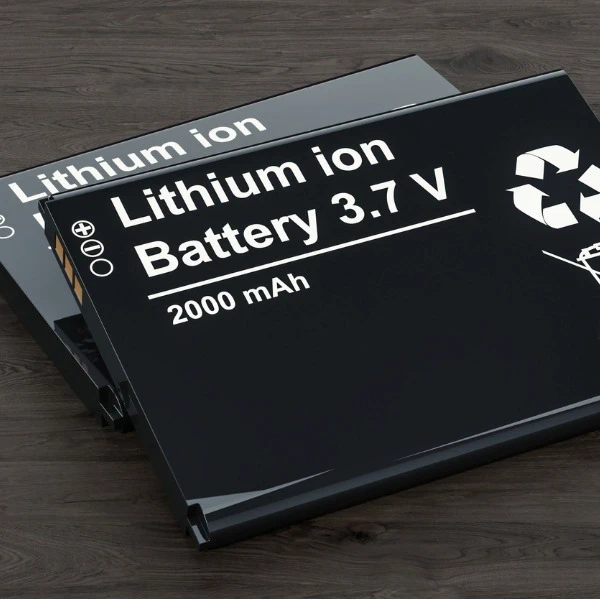
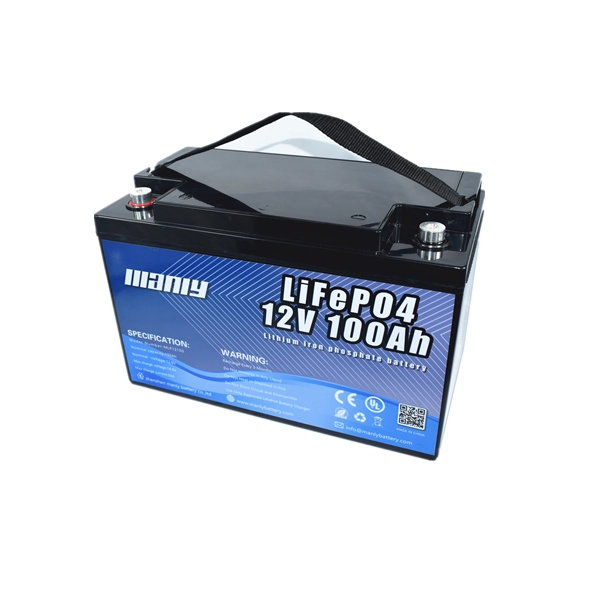
La guía esencial para seleccionar baterías para robótica
Tabla de contenido
- La guía esencial para seleccionar baterías para robótica
- I. Introducción
- II. Los tres pilares de la funcionalidad robótica
- III. Especificaciones esenciales de baterías para robótica
- IV. Descripción detallada de los tipos de baterías para robótica
- V. Comprensión de las especificaciones del motor para la selección de baterías
- VI. Combinación de una batería con un motor de CC
- VII. Ventajas de las baterías LiFePO4 para robótica
- VIII. Conclusión
- 8.1 Resumen de la importancia de la elección de la batería en robótica
- 8.2 Reflexiones finales sobre la idoneidad de las baterías LiFePO4 en robótica
- UK customer 260pcs 24V 50Ah Meal delivery robot lithium battery, production finished.
- 2023 Find Reliable Battery Suppliers for Handheld Spotlights
- 100Ah Battery Life in Golf Carts: Runtime, Tips & More
- 2024: Der ideale Elektrischer Rollstuhl & LiFePO4 Akku
I. Introducción
Robotics, derived from the Czech term "Robota" meaning a mechanical servant, brings revolution to our world. An essential part of these high-tech wonders is the robot battery, a power source enabling robots to function effectively. Selecting the right batería para robóticano sólo optimiza su rendimiento sino que también garantiza su funcionalidad a largo plazo.II. Los tres pilares de la funcionalidad robótica
When we speak of a robot's functionality, we focus on three main aspects: sensing, decision-making, and performing. Each of these functions relies heavily on batteries for robotics.2.1 Detección
Robots perceive their surroundings using sensors, devices capable of detecting environmental changes. These sensors can measure different physical properties like temperature, light intensity, and infrared radiation, depending on the robot's specific application. These sensors require constant and consistent power to function accurately, emphasizing the significance of a reliable robot battery.2.2 Toma de decisiones
The real magic in robotics is the decision-making process. This process utilizes data collected by sensors, enabling the robot to respond to its environment. This decision-making capacity typically resides within a programmable controller, a microprocessor, or a mini-computer. All these components need power to function, further highlighting the importance of the right battery choice.2.3 Realización
The actual execution of tasks is the final pillar in robotic functionality. Robots use actuators, motors, and drive systems to move and interact with their environment. These components demand a considerable power supply, and the quality of their performance is largely dependent on the quality of the robot battery used.The correlation between each of these pillars and the role of batteries for robotics is undeniable. The battery powers sensors to accurately perceive the environment, fuels the decision-making components to process that information, and finally, it drives the mechanical components to respond appropriately. That's why we see such an emphasis on the correct selection and use of the robot battery, including the up-and-coming LiFePO4 battery variant.III. Especificaciones esenciales de baterías para robótica
To fully understand the role of robot battery, we must dive into the key battery specifications crucial for robotics: voltage rating, current or capacity rating, and the C and E rates.3.1 Clasificación de voltaje
The voltage rating of a battery represents the electrical pressure available from the battery. Higher voltage levels can increase the robot's power output, but it also must align with the power requirements of the robot's electronic components to avoid any potential damage.3.2 Calificación actual o calificación de capacidad
The capacity or current rating of a battery is a measure of the total amount of energy it can store. It directly impacts the operating time of a robot between charges. The larger the capacity, the longer the robot can function without recharging.3.3 Tarifas C y E
The 'C' rate refers to the rate at which a battery is discharged relative to its maximum capacity. A higher C rate allows for faster energy delivery but can decrease the overall lifespan of the battery. The 'E' rate, on the other hand, refers to the energy density of the battery, or the amount of energy stored per unit volume. Higher E rates usually correlate to longer operating times.IV. Descripción detallada de los tipos de baterías para robótica
There are several battery types suited for use in robotics, each with its unique characteristics.4.1 Batería alcalina
Alkaline batteries are a common choice for low power devices due to their low cost and wide availability. However, they're less suited for robotics applications due to their relatively low energy density and non-rechargeable nature.
4.2 Baterías de hidruro metálico de níquel (Ni-MH)
Ni-MH batteries are a step up from alkaline batteries in terms of energy density and rechargeability. They're often used in robots requiring moderate power over a reasonable period.
4.3 Baterías de plomo-ácido/SLA
Lead-Acid, or Sealed Lead Acid (SLA) batteries, offer a good balance of cost, reliability, and performance. They're frequently used in larger robots due to their higher capacity and ability to deliver high currents.
4.4 Baterías de iones de litio (Li-Ion)
Li-Ion batteries possess a high energy density and are light, making them suitable for compact robots requiring long operating times. However, they require careful management to prevent overheating and potential safety risks.
4.5 Baterías de fosfato de hierro y litio (LiFePO4)
Baterías LiFePO4son un subtipo de baterías de iones de litio conocidas por su alta estabilidad térmica y química, lo que proporciona una mayor seguridad en comparación con otras baterías de iones de litio. Además, las baterías LiFePO4 ofrecen una larga vida útil y funcionan bien incluso en condiciones extremas, lo que las convierte en una opción cada vez más popular en el ámbito de la robótica.

